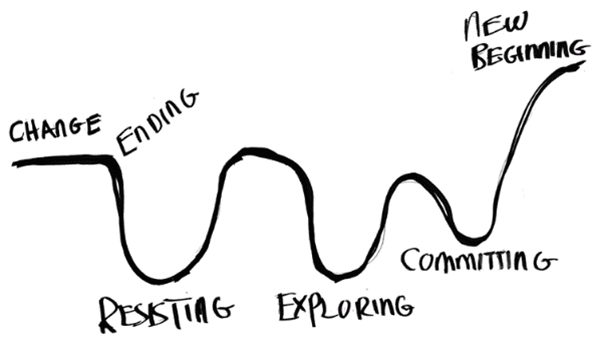Roll Up Your Sleeves – Living and Leading in a World of Constant Change, Part 1
Many of you know that I have written a new book as a follow-up to The White Shirt. The title and tag line are displayed at the top of this message today. My publisher just approved the final edits and the book will released in Fall 2020. But I wanted to share some of ideas from this book before then.
Those of you who know me well know that I am very cautious about overloading people with information, but these are unprecedented times. I thought that sharing some practical guidance from this book might be helpful to you and sooner might be better than later.
So, for the next 10 business days I will send out a Special Edition of this journal that covers the Ten Observations & One Unshakable Truth found in my book. I will not reference the current events or virus-like symptoms people are or may be experiencing. I will simply share these Observations , offer a tip or two and let you make your own applications.
I hope this will be helpful.
One Unshakable Truth – Everyone has unseen battles they are fighting. Be kind.
As best-selling author and speaker Pat Lencioni said in a recent post, “Demonstrate your concern for the very real fears and anxieties that your people are experiencing, not only professionally and economically, but socially and personally. Even though you don’t have definitive answers to all of their questions, don’t let that keep you from listening to them and empathizing with their fears. And, contrary to conventional wisdom, you should not be hesitant to share your own concerns with your people. They want to know that they can relate to you and that they are not alone in their concerns.”
Ride the wave right beside them – stay connected.

#1 Change is not the same as transition. Change is an event. Transition is the emotional stages people go through when change happens.

This model illustrates the first observation. After a significant change event occurs, individuals move through three predictable phases of emotions: Resisting, Exploring and Committing. But before positive movement can begin after change, an “ending” or the acceptance that the past has happened (and there is no need to expend effort on “the things I should have done”) must occur for people to move forward.
Models are helpful because they add some predictability during unpredictable times – something known in the midst of the unknown . The sketch above and the list below can sometimes help a person step out of their “fear” point of view and step up to a higher viewing point and see their emotions as normal. They can begin to understand where they are in the transition process and know what to expect next.
Here is a list of thoughts and behaviors often observed in each transition phase:
Resisting: “Things were so good in the past.” Holding back feelings. Numbness. Everything as usual attitude. Repressing reality. “It’s their fault”. Anger. Loss and hurt. Blaming others. Depression. Poor sleep habits. Getting Sick. Complaining. Doubting your ability. Withdrawal.
Exploring: “What’s going to happen to me? ” Seeing possibilities. Chaos. Indecisiveness. Energy. Clarifying goals. Learning new skills or take up a hobby . Acceptance.
Committing: “Where are we headed?” Focus. Vision. Working together. Corporation. Thankfulness. Innovation. Creativity.
Journal Entry: Where are you on the waves of emotions today? Where were you 7 days ago -3 days ago – today ? What next for you? One way to help yourself and others is to share this message and talk about your experience on the transition wave, so both of you can have a better sense of what may be next as you move forward in your Leadership and Life.
“We resist transition, not because we can’t accept the change, but because we can’t accept letting go of that piece of ourselves that we have to give up, when and because, the situation has changed.” – William Bridges
Next we’ll take the 2nd observation: Personality matters. Every person has a unique way he or she reacts and works through transition. How and when a person rolls up their sleeves and regains their purposeful place is on their clock, not yours.



